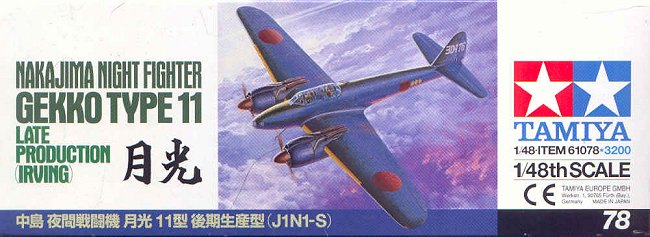
|
KIT: |
Tamiya 1/48 J1N1-S Gekko |
|
KIT # |
61078 |
|
PRICE: |
$39.95 |
|
DECALS: |
Two aircraft: 302 & 322 NAG |
|
REVIEW & |
|
|
NOTES: |
|

|
HISTORY |
As with the other would-be warring powers of the Second World War, the Japanese were deeply involved in the rapid pace of aircraft development during the five years prior to the outbreak of the conflict. As bombers acquired longer range, it was obvious that none of the fighters in existence or on the drawing board would be able to provide them full escort to and from the target. Like the Germans, the Japanese settled on the concept of the "destroyer," a multi-engine, multi-place aircraft, as the likely candidate for such an escort.
The German answer was the Bf-110; that of the Japanese Navy was supposed to be the 13-Shi Twin-Engine Land-Based Fighter, or J1N1, designed and built by Nakajima. When it turned out that the airplane would not be faster or more maneuverable than the Type Zero fighter, as called for in the initial specification issued in 1938, development ceased after production of nine prototypes. To take advantage of the capabilities the airplane did demonstrate, it was decided to bring it into service as the J1N1-R long-range reconnaissance aircraft in July 1942. These were basically modifications of the original fighter design.
By 1943, Japanese forces in the Pacific War were on the defensive. The major south Pacific bastion of Rabaul was under attack night and day by allied bombers. At that time, the Japanese had no regularly-constituted night fighter force. CDR Yasua Kozono of the 251st Naval Air Group developed a cannon-armed night fighter from two derelict J1N1s and brought them to Rabaul. Significantly, and without any consultation with the Luftwaffe, Kozono had the aircraft fitted with weapons that fired at an oblique angle, like the Nachjaeger's "Schrage-musik."
The first success against a nocturnal B-17 over Rabaul came on May 21, 1943, proving Kozono's concept. During the remainder of the year, the two aircraft managed to knock down approximately 30 B-17 or B-24 night raiders over Rabaul, and the J1N1 became known to the Japanese as the "Gekko" or "Moonlight." The Allied code name was "Irving," not a name to inspire fear among bomber crews.
By September 1944, 486 Gekkos had been produced, as both the Type 11 early version and the Type 11 late version; these were visually distinguishable by the stepped rear upper fuselage of the earlier aircraft. In the Home Islands, the 302nd Naval Air Group, based at Atsugi, became the leading B-29 killers with the "Gekko" as the raids increased after November 1944.
In March, 1944, when General Curtis LeMay ordered the B-29s to attack Japan at low level at night, the "Gekko" became the Japanese first line of defense. Since the Japanese fighter had to formate below its target to shoot it down, it was fortunate indeed that LeMay had ordered the defensive turrets removed from the B-29s to save weight and in recognition of the negligible force the Japanese could counter this offensive with.
That spring of 1945, the J1N1-Ko appeared, equipped with a rudimentary airborne radar, which malfunctioned so frequently that most of the crews finally removed the heavy equipment to save weight, though the antennas remained on the nose.
|
THE KIT |
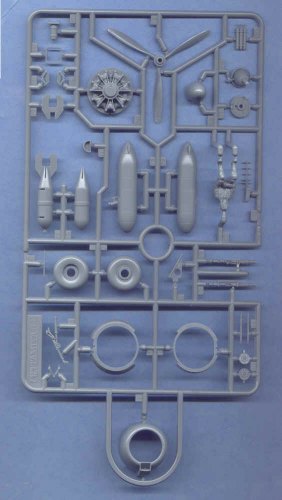 |
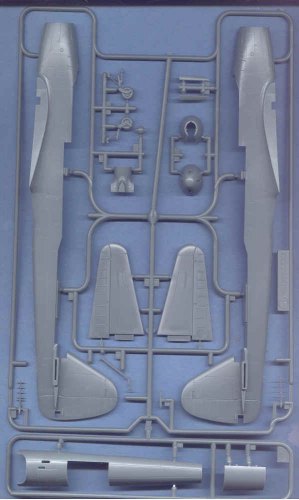 |
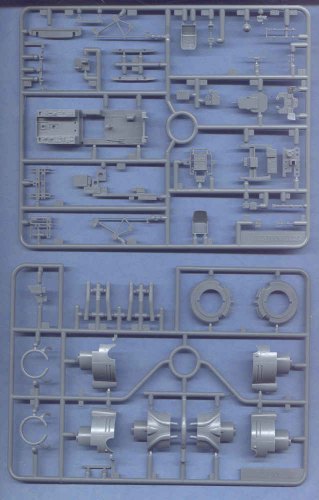 |
To my knowledge, the only other 1/48 kit of the Gekko ever offered by anyone was a Japanese "garage kit" resin model of the early "stepped back" Gekko. This airplane is relatively obscure among Japanese combat types, and I for one would not have expected to see it emerge as a major release from the top Japanese mainstream injection-molded kit manufacturer. To me, this is proof that what people have been saying for years: that the Japanese domestic kit market is bigger than the rest of the world market combined, since it's my suspicion this will not be a huge seller with western modelers. That said, this is an excellent example of the state of the art of injection-molded plastic kits, and certainly worthy of appearing on your shelf with at least one example.
Tamiya and Hasegawa have, of late, been in an unstated competition with each other to advance the state of the art for out of the box plastic kits. Where both companies until two years ago skimped somewhat on the detail offered for their kits' cockpits, Hasegawa ended this practice with the B7N Ryusei kit, while Tamiya ended it with the Swordfish and proves here that that kit was not an aberration.
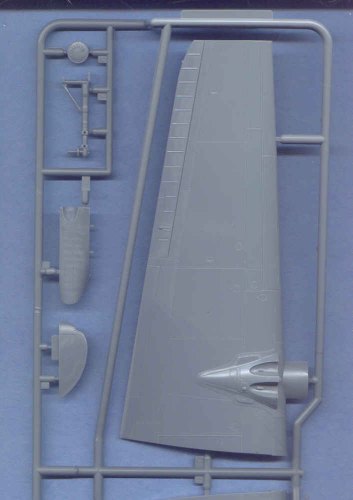 |
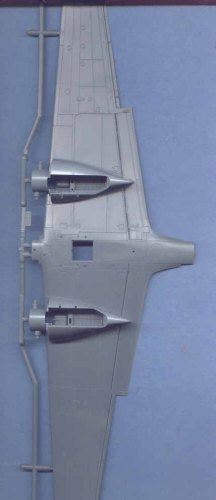 |
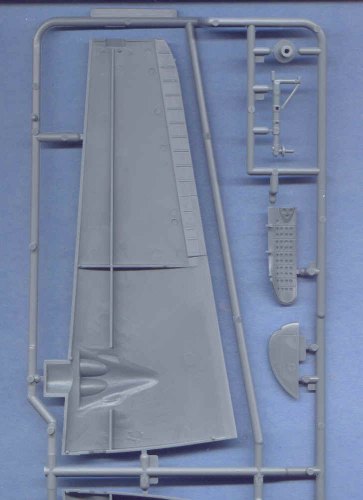 |
The resin aftermarket boys can concentrate their efforts elsewhere; the cockpit of the Gekko is as good as any recent Hasegawa release, and it can easily be seen if the modeler chooses the open-canopy construction option. The fuselage can be opened up, to reveal the two cannon armament, though this may require additional detail inside in the manner of control wires, etc.
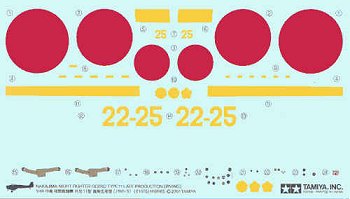 Decals are provided
for two aircraft, one flown by the 302nd NAG which shot down two B-29s on a
night raid in May, 1945, and one from the 322nd NAG in the summer of 1944.
Decals are provided
for two aircraft, one flown by the 302nd NAG which shot down two B-29s on a
night raid in May, 1945, and one from the 322nd NAG in the summer of 1944.
The kit's parts breakdown shows that Tamiya has learned from Hasegawa to provide more than a well-done cockpit. As is now standard practice from Hasegawa, it is obvious all the other versions of the Gekko will be produced: the radar nose and the antennas of the J1N1-Ko are already provided and will require a third cannon and a new gun hatch, which is a separate piece here; the lower fuselage right aft of the wing has the cutouts flashed over for the two downward-firing weapons of the Type 11 early version; the entire upper rear fuselage is molded separately to accommodate the early Gekko. (I wish personally they would backtrack and take this philosophy into account with their F4F Wildcat, which could easily be turned into the F4F-3 and FM-2 versions, both of which would likely outsell this kit - at least outside of Japan.)
As an additional note, when I first looked at the instructions I thought Tamiya was incorrect in their call for painting sections of the cockpit in Aotake Blue. However, the sen-sei over at j-aircraft.com assure me that this is accurate. There are color photographs in the walkaround section at that site of the Gekko at the NASM, which has been called the most accurately restored Japanese aircraft in existence. You can check your colors there, as the photos are all well-lit.
Recommended.
Thanks to HobbyLink Japan for the review copy.
Order yours at the best prices available for Japanese kits.
If you would like your product reviewed fairly and quickly by a site that averages over 2,200 visits a day, please contact me or see other details in the Note to Contributors.